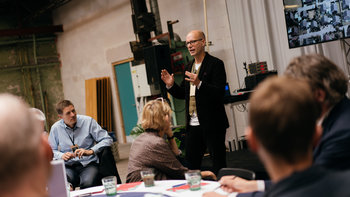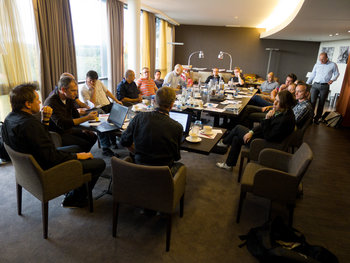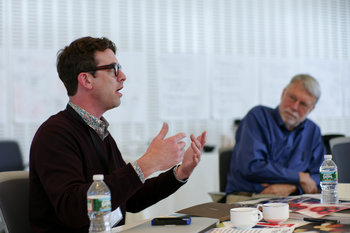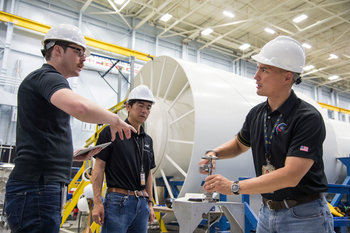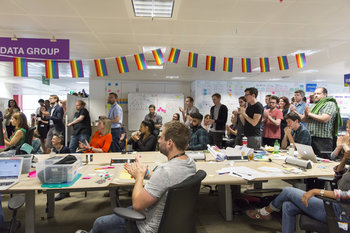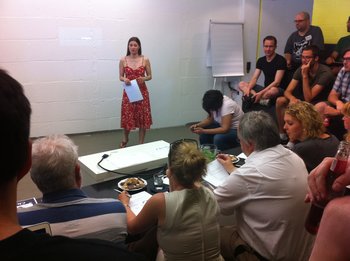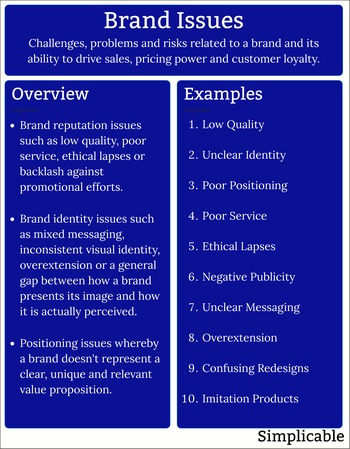
Continuous Change
The term discontinuous change can be adopted by an organization as a rejection of old management methodologies and mantras such as continuous change and continuous improvement. These approaches can feel like an excuse to work slowly, preserve the status quo and avoid healthy risk taking. Continuous improvement is also associated with known patterns of organizational failure such as marketing myopia whereby a firm continues to optimize current products without ever adapting to the bigger picture such as competition from a new class of products or changing consumer needs.Chaos
Chaos is the ability of a small element of a system to change the entire future of that system. For example, a teenager working on software in their basement who produces a peer-to-peer search engine that eventually displaces large technology companies and changes the future of the internet.Research & Development
As a large organization, pursuit of discontinuous change involves research & development and related strategies such as acquiring relatively small innovative firms. A similar strategy is also employed to try to prevent discontinuous change by acquiring small firms you see as a threat.Reinvention
Discontinuous change calls for reinvention over improvement. For example, replacing your sales system every few years as opposed to sustaining and improving it over many decades. As with any dramatic business mantra this can go too far. There is surely a time for reinvention and a time for improvement.| Overview: Discontinuous Change | ||
Type | ||
Definition | A dramatic change that occurs in a relatively short period of time such that the status quo is suddenly discontinued. | |
Also Known As | DisruptionParadigm ShiftInnovation | |
Related Concepts | ||











